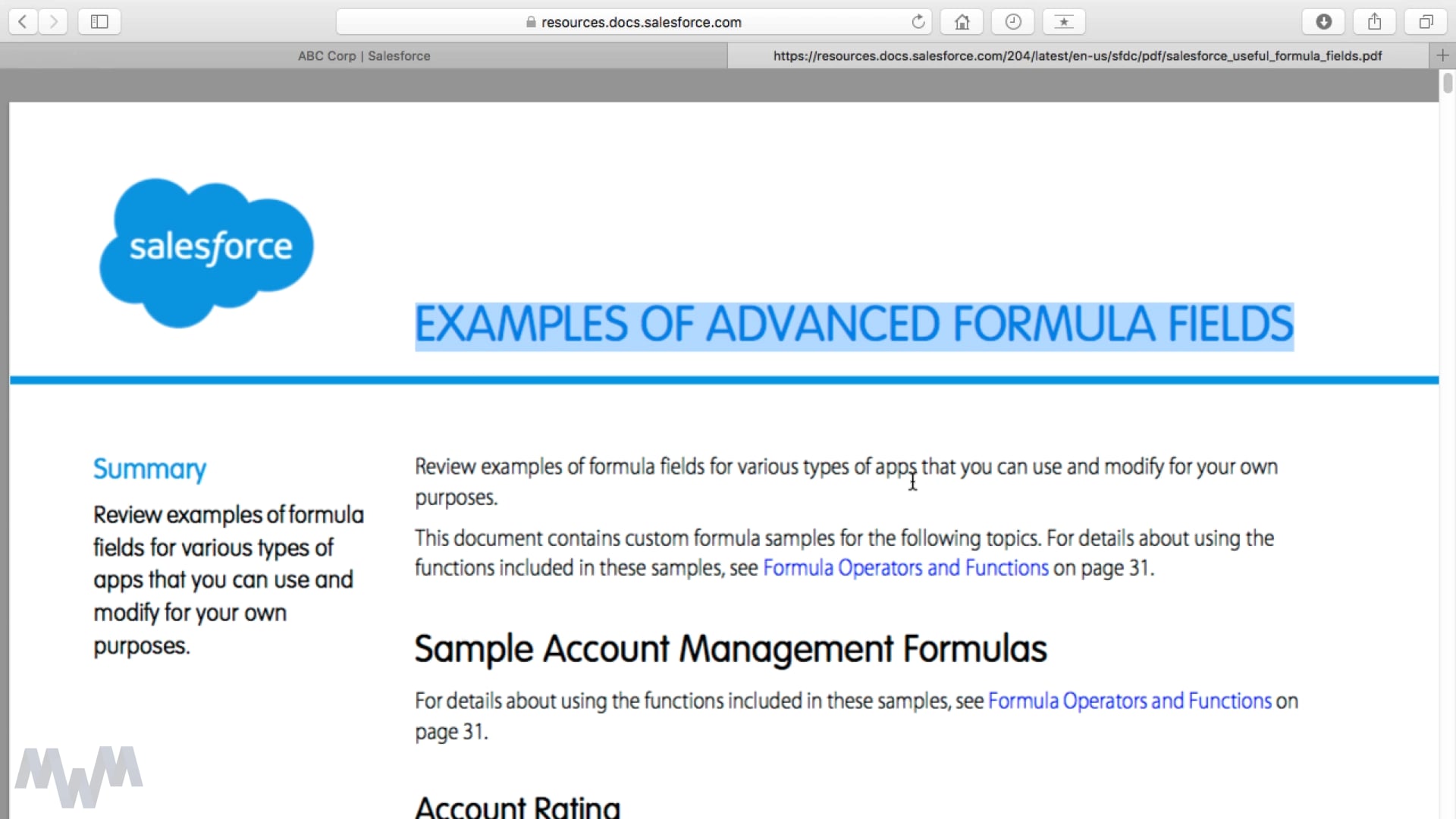

Let’s look at some examples for both scenarios:Īn example where Restriction Rules limit access: Now, Restriction Rules can also be used for Objects that do not support any or some of the Record-level Sharing tools. Why would you need to do that? Good question! We’ll look at some examples shortly.

It’s like setting a permanent filter to display only pre-defined records. In other words, they limit the User’s record access to a sub-set of records they used to have access to. While your baseline Record-level Sharing Model pretty much opens up access to records, Restriction Rules take away access. Now that you know WHERE Restriction Rules fit in, we’ll discuss HOW they work. You can choose between No access, Read access or Read/Write access. Record-level sharing is the most complex of all our four layers, so here is how they are built up:įield-level = Is all about managing access to the individual data types (= fields) stored on Salesforce records. The baseline tools you’ll have available, are Organization-Wide Defaults (OWD), Role Hierarchy, Sharing Rules, Team Sharing, and Manual Sharing. Therefore, you want to be very careful which records Users should have access to. Record-level = This is where things really start to get interesting with managing access to records that contain all that sensitive or not-to-sensitive data. Hence, you will typically use tools like User Profiles, Permission Sets, and Permission Set Groups to manage access to Salesforce Objects. All Salesforce data is stored on Salesforce records that belong to Salesforce Objects. Object-level = This is what the User will have access to AFTER they successfully logged in. Anything that authenticates the User BEFORE they get access to Salesforce. This includes things like IP Ranges, Login Hours, Password Policy, and so on. Organization-level = This is where you manage the first entry point of a Salesforce User, their login to the system. Once the migration is completed, you will be able to test the functionality in Flow Builder. Select the Rules you wish to migrate and the system will do the work for you. You will find a new Setup menu item “Migrate to Flow”. Salesforce is starting to provide you with migration tools. But, you will also need to learn more about Flow and how to migrate Workflow Rules and Processes to Flow Builder. This means, you still need to know how Workflow Rules and Processes work. You will only be able to edit existing ones. While they will still be around for another (probably long) while, you won’t be able to create new ones anymore.

It’s time we face it: Workflow Rules and Processes are going to be retired. However, it’s certainly worth giving it a go. #10 Convert Workflow Rules to FlowĪ little warning first: Don’t try this one in a real Production Org, test this out in a Sandbox or Developer Org first! Plus, this is currently in Beta and may require fine-tuning. Make sure to check out the other Flow updates too.


 0 kommentar(er)
0 kommentar(er)
